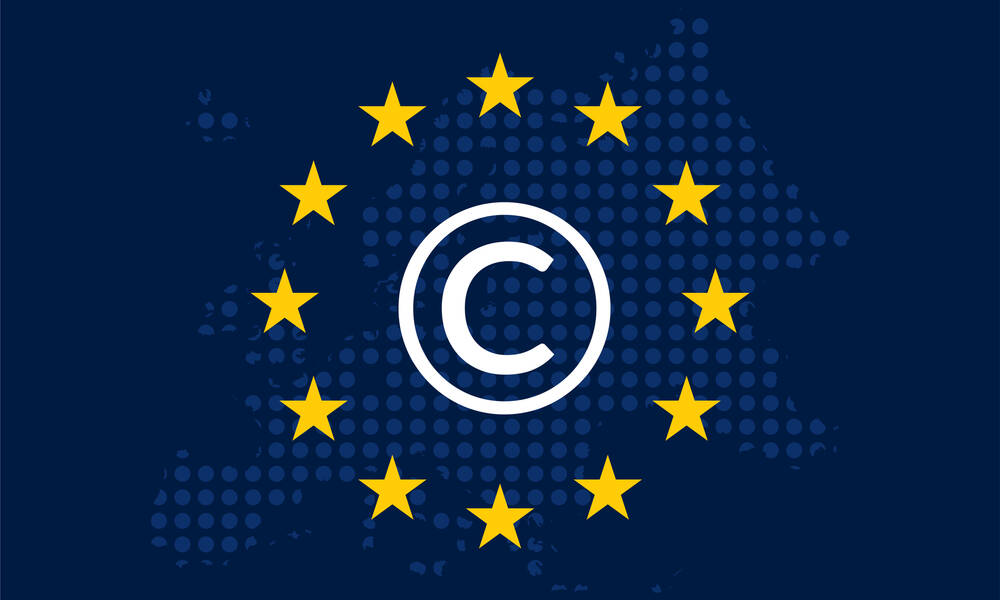
What Associations Need to Know About the EU Copyright Directive
A controversial copyright directive passed by the European Union is more likely to complicate global copyright law than force associations to police copyright themselves, a legal expert on intellectual property issues suggests.
The good news is that, unlike YouTube and Facebook, U.S.-based associations will likely be able to avoid having to place content filters on their websites to comply with the new European Union Copyright Directive.
The not-so-good news? The rules might prompt a lot of knotty questions about copyright law and could create confusion both in the United States and abroad.
Dorothy Deng, a partner with Whiteford Taylor Preston, LLP, has an interesting vantage point on this issue as a U.S.-based lawyer focused on intellectual property and copyright issues. Deng sees the EU directive as raising questions about copyright law that may take years to work out in the courts.
The directive, which passed last month after a contentious public debate that pitted copyright holders against digital advocacy groups across Europe, won’t take effect immediately. It sets a general standard for EU member countries to follow as each creates its own laws based on the directive. Ultimately, this could create legal standards that vary greatly from country to country.
“There’s no guarantee what the French law versus the German law versus the Irish law is going to be,” Deng said.
Domino Effect
The issue is complicated at a global level because the Berne Convention for the Protection of Literary and Artistic Works, a longstanding international agreement, requires a minimum copyright standard be followed in all parts of the world.
Deng believes it’s unlikely that U.S. copyright law will change to match the EU standard. “The U.S.-based associations, in my opinion, shouldn’t be overly worried about a dramatic change to U.S. copyright law,” she said.
But how the various legal standards play out in real cases, including those involving U.S. parties, remains to be seen, Deng noted. If, for example, a European photographer sues in a U.S. court based on a tougher law in his or her country of origin, it could create a legal conflict with the Berne Convention that may need to be sorted out. “That’s sort of a big unknown at this point,” she said.
Two controversial portions of the directive have perhaps created the most confusion. These are Article 15, which regulates the aggregation practices of platforms such as Google News, and Article 17, which requires large websites such as YouTube to pre-screen user-uploaded content for copyright infringement. These requirements could have broader impacts on internet culture and, as a side effect, might cause problems for associations, Deng suggested. But from her vantage point, associations in the U.S. and abroad are unlikely to have to implement such measures themselves.
Key Exceptions
The EU regulations include “carve-outs” that specifically exclude certain classes of content and organizations—particularly Article 17, which was changed in response to public criticism from the Wikimedia Foundation. Now, the regulation specifically excludes nonprofit organizations.
Deng, who frequently works within the U.S. regulatory framework of the Digital Millennium Copyright Act [PDF], notes that Article 17 effectively flips the DMCA model: Instead of relying on DMCA-style “safe harbors,” in which copyright holders report violations to a service such as a social network, the directive creates a system that relies on content filters. If a social network such as Twitter decides to implement a filter globally in response to the EU regulations, that could be how U.S.-based associations, as well as the public, might be affected by the directive.
Article 15, which addresses aggregation, has a similar exception for noncommercial use. But Deng noted that organizations should be taking a cautious approach to aggregation in any case because of U.S. copyright law, which leaves “fair use” open to interpretation.
“Even without [the directive] in place, it’s still advisable not to go there anyway,” she says.
One way of referring to an existing work without raising issues of fair use is to identify the work, link to it, and comment about it, rather than copying portions of the piece, Deng said.
(Pe3check/iStock/Getty Images Plus)






Comments